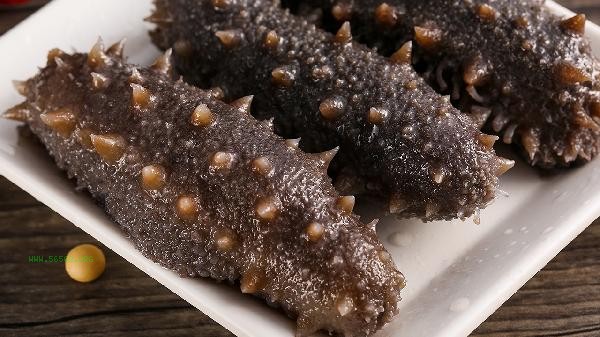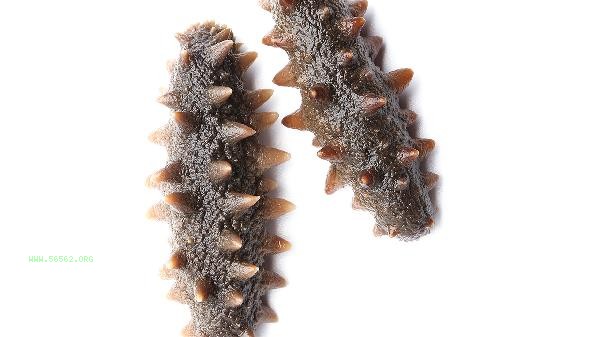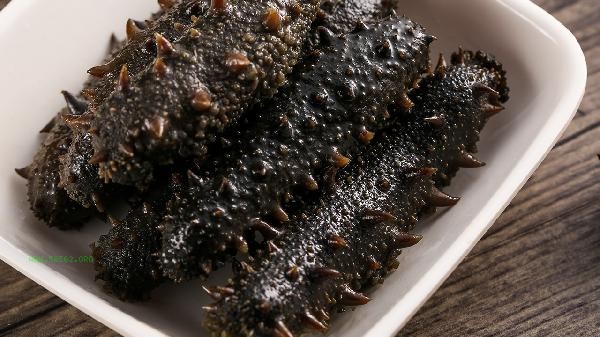During the soaking process of sea cucumber, some water-soluble nutrients may be lost, but core nutrients such as protein and trace elements can still be retained. The degree of nutrient loss during sea cucumber soaking is mainly related to factors such as soaking method, temperature control, and water change frequency. During the soaking process of sea cucumber, some water-soluble vitamins such as vitamin B may be lost with the exchange of water. However, the main nutritional value of sea cucumber lies in its high protein, low-fat characteristics, and rich trace elements such as zinc, selenium, iron, etc. These components can still be well preserved after reasonable soaking. Traditional water soaking requires multiple water changes to remove impurities. If the water temperature is too high or the soaking time is too long, it may cause some collagen to dissolve. Using low-temperature refrigeration for soaking can reduce nutrient loss. It is recommended to place dried sea cucumber in purified water and change the water every 8 hours, maintaining a 0-4 ℃ environment throughout the process. In special circumstances, if hot water is used for rapid soaking or alkaline substances are added to accelerate expansion, it can cause the rupture of the sea cucumber epidermal layer, damage the cell structure, and significantly increase the loss of proteins and polysaccharides. Some ready to eat sea cucumbers in industrial processing use vacuum freeze-drying technology, which results in less nutrient loss during foaming, but it is difficult to achieve this condition in household operations. For people with diabetes or who have recovered after surgery, it is recommended to choose a low temperature and slow onset mode to avoid high temperature damaging the active substances in sea cucumber, such as sea cucumber saponins.

When consuming soaked sea cucumber in daily life, it is recommended to pair it with vegetables and fruits rich in vitamin C to promote iron absorption and avoid eating with foods containing tannic acid that may affect protein digestion. The foaming container should be made of glass or ceramic material, and metal vessels should be avoided to prevent trace element reactions. Middle aged and elderly people can meet their nutritional needs by consuming 2-3 times a week, and gout patients should control their intake. If sea cucumbers need to be stored for a long time after soaking, they should be drained of water and frozen to avoid repeated thawing, which can lead to increased nutrient loss.










Comments (0)
Leave a Comment
No comments yet
Be the first to share your thoughts!